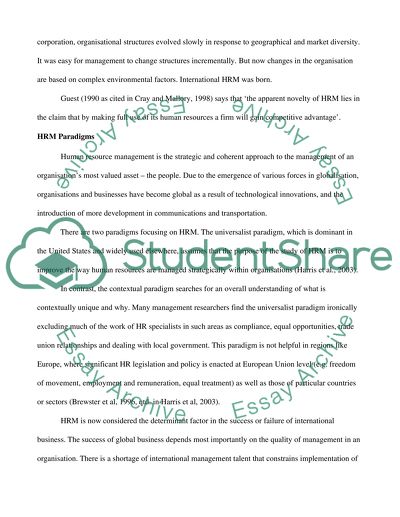Cite this document
(“How institutional and cultural issues impact International HRM Essay”, n.d.)
Retrieved from https://studentshare.org/human-resources/1394232-how-institutional-and-cultural-issues-impact-international-hrm
Retrieved from https://studentshare.org/human-resources/1394232-how-institutional-and-cultural-issues-impact-international-hrm
(How Institutional and Cultural Issues Impact International HRM Essay)
https://studentshare.org/human-resources/1394232-how-institutional-and-cultural-issues-impact-international-hrm.
https://studentshare.org/human-resources/1394232-how-institutional-and-cultural-issues-impact-international-hrm.
“How Institutional and Cultural Issues Impact International HRM Essay”, n.d. https://studentshare.org/human-resources/1394232-how-institutional-and-cultural-issues-impact-international-hrm.


